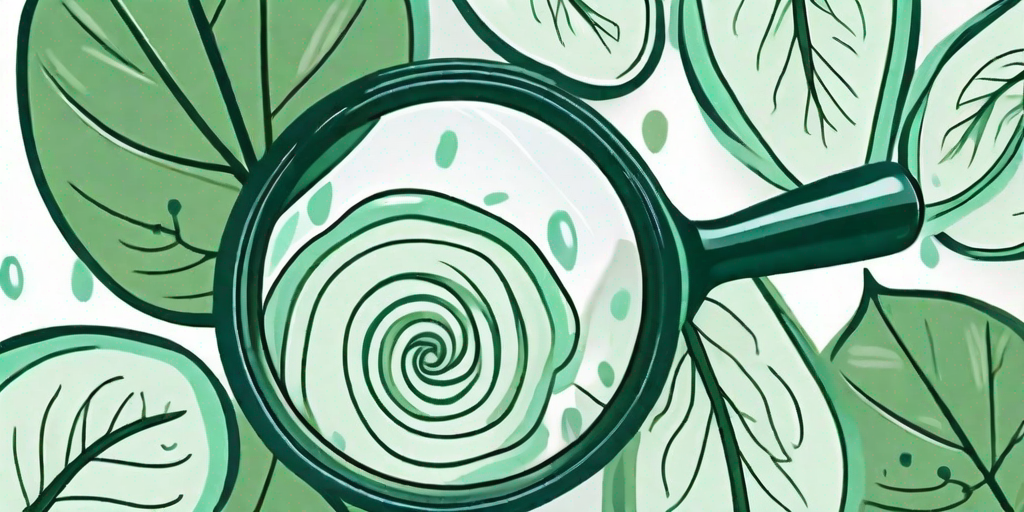
Ever wondered why your cucumbers are more twisted than a mystery novel? Well, you're not alone. Cucumber curling is a common phenomenon that leaves many gardeners scratching their heads. But fear not, dear reader, because we're about to unravel this garden mystery.
Understanding the Cucumber Conundrum
Before we dive into the reasons behind the crazy curling, let's take a moment to appreciate the humble cucumber. This green, crunchy vegetable is a staple in many kitchens around the world. It's a versatile ingredient that's as at home in a salad as it is in a cocktail. But growing cucumbers can sometimes feel like a Herculean task, especially when they start curling like a roller coaster track.
So, why do cucumbers curl? The answer, dear reader, lies in a combination of environmental factors, pests, and diseases. But don't worry, we're not going to leave you hanging with just that. Let's dive into the details, shall we?
The Environmental Effect
Water Woes
Like a diva pop star, cucumbers are very particular about their water. Too much or too little, and they'll show their displeasure by curling up. Cucumbers need consistent watering. If the soil dries out too much between waterings, the cucumbers can end up curling. Similarly, overwatering can lead to root rot, which can also cause curling.
So, how do you strike the right balance? The key is to water deeply but infrequently. This encourages the roots to grow deep into the soil, making the plants more resilient. Also, try to water in the morning to give the plants time to dry out during the day, reducing the risk of disease.
Temperature Tantrums
Cucumbers are like Goldilocks when it comes to temperature - they want it just right. If the temperature drops too low or soars too high, the cucumbers can start curling. Ideally, cucumbers prefer temperatures between 60 and 90 degrees Fahrenheit.
Unfortunately, you can't control the weather (unless you're a superhero, in which case, why are you growing cucumbers?). But you can take steps to protect your plants. Use row covers or cold frames to protect against cold temperatures, and shade cloth to shield against scorching sun.
The Pest Problem
The Aphid Attack
Aphids, those tiny, sap-sucking insects, are the bane of many a gardener's existence. They can cause a whole host of problems, including curling cucumbers. Aphids feed on the sap of cucumber plants, causing the leaves to curl and distort. If you notice a sticky substance on your plants or a black sooty mold, you might have an aphid problem.
But fear not, for aphids have many natural enemies. Ladybugs, lacewings, and other beneficial insects love to feast on aphids. You can also use insecticidal soap or neem oil to control aphid populations.
The Cucumber Beetle Battle
Cucumber beetles are another pest that can cause your cucumbers to curl. These beetles not only feed on cucumber plants, but they also spread bacterial wilt, a disease that can cause curling.
Managing cucumber beetles can be a challenge, but it's not impossible. Row covers can help protect young plants, and traps can help reduce beetle populations. You can also use insecticides, but be sure to apply them in the evening when bees are less active to avoid harming these beneficial insects.
The Disease Dilemma
Bacterial Wilt Woes
Bacterial wilt is a disease that can cause cucumber plants to wilt and die. It's spread by cucumber beetles, and one of the first symptoms is often curling cucumbers. Unfortunately, there's no cure for bacterial wilt, so prevention is the best strategy. This includes managing cucumber beetles and practicing good garden hygiene.
Powdery Mildew Mayhem
Powdery mildew is a fungal disease that can cause cucumber leaves to curl and distort. It appears as a white, powdery substance on the leaves. To manage powdery mildew, ensure your plants have good air circulation and avoid overhead watering. Fungicides can also be used as a last resort.
FAQs
- Why are my cucumbers curling and yellow?
Yellowing and curling cucumbers can be a sign of overwatering or a nutrient deficiency. Check your watering practices and consider a soil test to determine if your plants are lacking any essential nutrients.
- Can curled cucumbers be eaten?
Absolutely! While they might not win any beauty contests, curled cucumbers are perfectly safe to eat. They might be a bit more challenging to slice, but they'll taste just as delicious.
- How can I prevent my cucumbers from curling?
Preventing cucumber curling involves managing environmental factors, pests, and diseases. This includes consistent watering, temperature protection, pest control, and disease prevention.
Conclusion
So there you have it, the surprising reasons why your cucumbers are curling. While it might seem like a daunting task, managing these factors can lead to straight, healthy cucumbers. Remember, every garden has its challenges, but that's part of the fun. So keep calm, carry on, and happy gardening!
And remember, a curled cucumber is still a cucumber. It might not look perfect, but it's the taste that counts. So don't be too hard on yourself or your cucumbers. After all, it's the quirks and imperfections that make gardening - and life - interesting.











